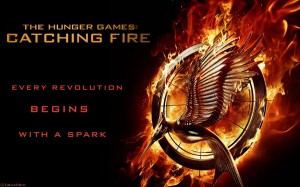Everyday, for all the freshmen living in East, we walk through Findlay Commons, meeting up with friends at the Big O or going to the study lounges. As I walked towards the computer lab the other day, I stopped and noticed that the glass walls surrounding 124 Findlay were completely covered in paint. As I got closer I saw that each dorm in East was written on the wall with their “place” next to it. I immediately looked for my building and saw Sproul – 10th place. I then saw next to it the words, “The Great Recycling Challenge!” Below that were more words saying how each building is apart of a contest to see which can recycle the most.
I thought that this was an interesting way to get people involved in a cause such as recycling. Instead of writing about the Great Recycling Challenge on a flyer or stall stories like many other opportunities for civic engagement, these words were placed in a prime location, in the middle of all freshmen dorms, and in brightly colored paint.
This rhetoric uses ethos by promoting competition amongst freshmen, something that usually is not promoted at Penn State. Usually in Findlay, we see posters about activities and organizations to bring people together, not separate them and have them compete against each other.
This technique proved useful, for in my building, many of my friends and I realized that we haven’t been recycling and that we probably should. Even though none of us really cared about getting 1st place in this recycling challenge, the information provided outside Findlay did make us stop and think for a minute about what we do with our garbage.
Those leading the Great Recycling Challenge did a good job getting people civically engaged, because regardless of what building recycles the most, they have got people to realize that habits need to be changed and plastic needs to be recycled!

